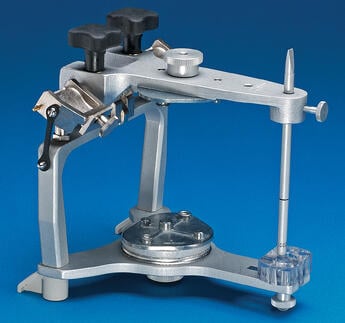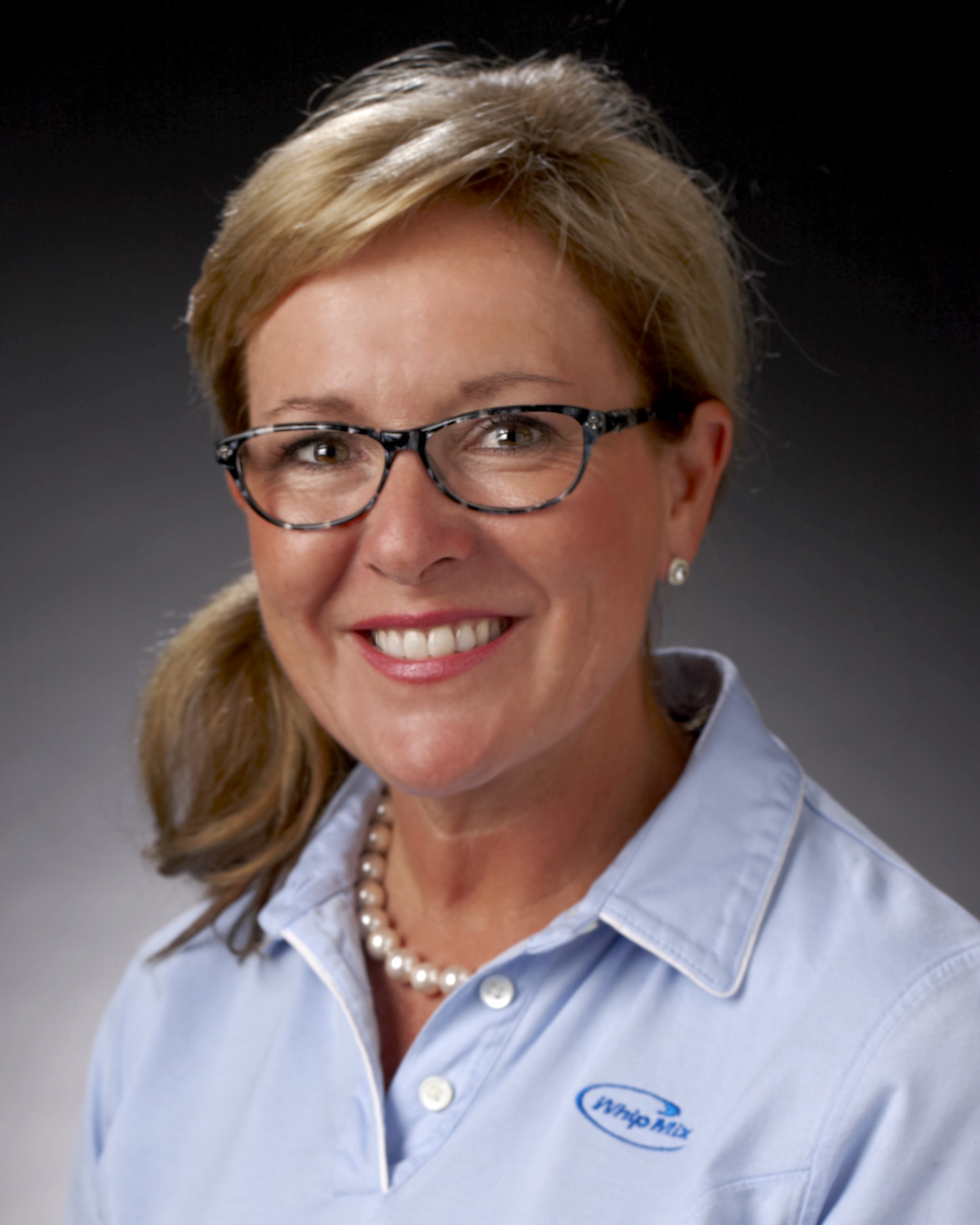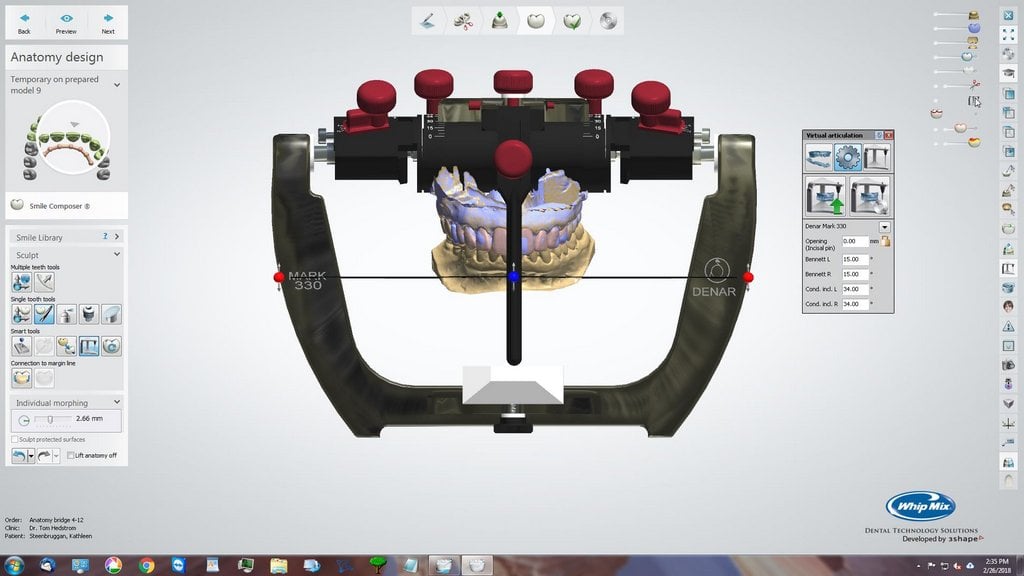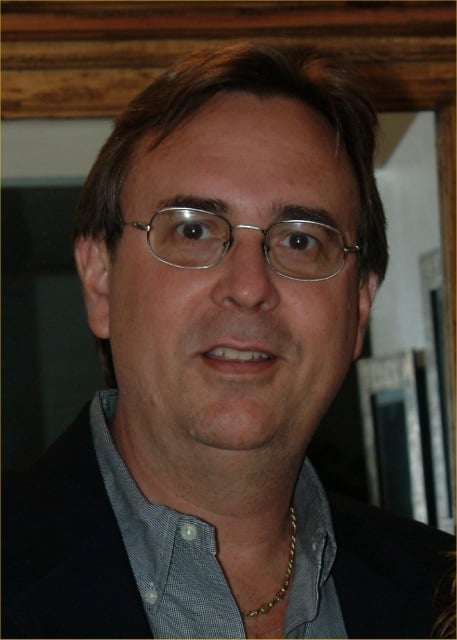 If asked the question, how many doctors agree that one of the keys to successful restorative dentistry is in the diagnostic and treatment planning phase, I would venture to guess most of you would.
If asked the question, how many doctors agree that one of the keys to successful restorative dentistry is in the diagnostic and treatment planning phase, I would venture to guess most of you would.
Using the analogy of constructing a house meant to last potentially a life time we would expect to develop a blue print; a plan that would guide you thru the construction phase. This blue print would also help you identify the key resources needed to achieve success.
In dentistry you have a similar goal in mind. Your resources are a treatment plan (blue print), radiographs, current diagnostic casts, a face-bow registration, articulator instrumentation and a quality driven laboratory.
In this article I would like to discuss one of the keys to your success; understanding why using a semi-adjustable articulator in your general practice can prove to be one of your biggest assets.
Knowing “when” and “how” to use a semi-adjustable articulator in your general dental practice can prove to be an asset not only during the diagnostic phase of dentistry but also during treatment planning as well as during the treatment phase.
Knowing the “when” is really the only difficult part of the decision making process. Depending on whose philosophy you follow it can be as simple as asking yourself a few questions during the diagnostic and treatment planning phase.
For example, are there signs of breakdown or occlusal instability? Am I restoring more than two teeth in an arch or am I increasing the vertical dimension?
If the answer to any of these questions is yes, hopefully you’ve made the decision to take a face-bow and mount the diagnostic casts on a semi-adjustable articulator. The “how” is the easy part. Just think, two of the most invaluable lab procedures, taking a face-bow record, and mounting casts are commonly delegated to a trained auxiliary staff member. How much easier can it get?
Most semi-adjustable articulators on the market today are very simple to use and usually come with some type of manual or even a DVD for training purposes. You will also notice that most semi-adjustable articulators have similar adjustments which allow you to re-produce most mandibular movements. Understanding the instruments features as you compare manufacturer to manufacturer, will help you realize that they all perform the same movements. This should minimize some fear and confusion out of the selection and use process.
The decision on which instrument to purchase should match the complexity of your cases, the desired restorative result, the instruments degree of precision as well as the technical level of your dental laboratory.
You should also base your decision on the type of records you prefer taking during your clinical exam. If you take a protrusive record, you will need an articulator that will allow you to set the condylar inclination. If you take lateral records, you will want to be able to set the progressive side shift or Bennett angle. Other than a CR record, these are two most common records used to program the articulator.
Keep in mind while making your selection, that most of the expensive instruments on the market perform, the same functions as the mid priced instruments. Where you may find a difference between the higher end and lower end would be in the precision of the instrument as it relates to cross mounting casts. Most instruments on the market today are built with an average between 90-100 microns; some are as accurate as 20 microns or less; while there are some semi-adjustable instruments that are not calibrated to be used for cross mounting.
You may still be looking for that one good reason to start using that articulator you had in dental school if you still have it! Well, I’ll give you a few…
I’m always surprised to hear why a lab or dentist chooses not to use an anatomical or semi-adjustable articulator. Most of them think they are really saving time or money by not going thru the face-bow or mounting process. If you don’t think you have time to mount those bigger cases, talk about your delivery procedure.
Most crown and bridge delivery appoints do not have a fee attached to them; they are usually a non-production appointment. If you schedule 45 minutes for a delivery appointment and go past the appointment time because you are adjusting the occlusion, you just lost chair time which equates to a loss of profit.
Dr. DeWitt Wilkerson who has a private practice inSt. Petersburg and is a key faculty member of the Dawson Academy reminds us of the 4 P’s which explain why we need to use a semi-adjustable articulator.
Productivity: Being able to show the patient what their needs are after a complete exam and treatment plan aids in the patient making an informed decision and increases treatment acceptance.
Predictability: If you use your semi-adjustable articulator during your treatment planning, you have the opportunity for a “dry run” prior to ever touching the patient. Working out the esthetic goals thru wax and then later in the provisionals, will bring you towards a more predictable result.
Precision: Using your semi-adjustable articulator to establish the desired outcome pre-treatment thru equilibration, waxing, provisionals and then to the master prep models guides the laboratory technician to exactly replicate the provisionals in the final restoration. “This is precision dentistry which requires minimal adjustments in the mouth”.
Profitability: Creating a treatment result that meets the functional and esthetic goals the first time is profitable. Reducing remakes and keeping in harmony with your dental lab saves time and money making your practice more profitable.
In the end every successful restorative treatment outcome has a planned beginning and end. The vision does not happen by good fortune or accident. After a thorough examination, a treatment plan or “blue print” is essential to a solid foundation for your restorative reconstruction. Utilizing the key elements to aid in the fabrication of your restorative work will minimize frustration and maximize efficiency!
Remember: Envision it, plan it and like the Nike motto states: Just do it!













Leave a comment